Jean-Baptist-Camille Corot (1796-1875)
Jean-Baptiste-Camille Corot (July 16, 1796 – February 22, 1875) was a French landscapeand portrait painter as well as a printmaker in etching. He is a pivotal figure in landscape painting and his vast output simultaneously references the Neo-Classical tradition and anticipates the plein-air innovations of Impressionism.
Corot is a pivotal figure in landscape painting. His work simultaneously references the Neo-Classicaltradition and anticipates the plein-air innovations of Impressionism. Of him Claude Monet exclaimed in 1897, "There is only one master here—Corot. We are nothing compared to him, nothing." His contributions to figure painting are hardly less important; Degas preferred his figures to his landscapes, and the classical figures of Picassopay overt homage to Corot's influence.
Though often credited as a precursor of Impressionist practice, Corot approached his landscapes more traditionally than is usually believed. Compared to the Impressionists who came later, Corot's palette is restrained, dominated with browns and blacks ("forbidden colors" among the Impressionists), along with dark and silvery green. Though appearing at times to be rapid and spontaneous, usually his strokes were controlled and careful, and his compositions well-thought out and generally rendered as simply and concisely as possible, heightening the poetic effect of the imagery. As he stated, "I noticed that everything that was done correctly on the first attempt was more true, and the forms more beautiful."
Corot's approach to his subjects was similarly traditional. Although he was a major proponent of plein-air studies, he was essentially a studio painter and few of his finished landscapes were completed before the motif. For most of his life, Corot would spend his summers travelling and collecting studies and sketches, and his winters finishing more polished, market-ready works. For example, the title of his Bathers of the Borromean Isles (1865–70) refers to Lake Maggiore in Italy, despite the fact that Corot had not been to Italy in 20 years. His emphasis on drawing images from the imagination and memory rather than direct observation was in line with the tastes of the Salon jurors, of which he was a member.
In the 1860s, Corot became interested in photography, taking photos himself and becoming acquainted with many early photographers, which had the effect of suppressing his painting palette even more in sympathy with the monochromic tones of photographs. This had the result of making his paintings even less dramatic but somewhat more poetic, a result which caused some critics to cite a monotony in his later work.
In addition to his landscapes (so popular was the late style that there exist numerous forgeries), Corot produced a number of prized figure pictures. While the subjects were sometimes placed in pastoral settings, these were mostly studio pieces, drawn from the live model with both specificity and subtlety. Like his landscapes, they are characterized by a contemplative lyricism, with his late paintings L’Algérienne (Algerian Woman) and La Jeune Grecque (The Greek Girl) being fine examples. Corot painted about fifty portraits, mostly of family and friends. He also painted thirteen reclining nudes, with his Les Repos (1860) strikingly similar in pose to Ingres famous Le Grande Odalisque (1814), but Corot's female is instead a rustic bacchante. In perhaps his last figure painting, Lady in Blue (1874), Corot achieves an effect reminiscent of Degas, soft yet expressive. In all cases of his figure painting, the color is restrained and is remarkable for its strength and purity. Corot also executed many etchings and pencil sketches. Some of the sketches used a system of visual symbols—circles representing areas of light and squares representing shadow. He also experimented with the cliché verre process—a hybrid of photography and engraving. Starting in the 1830s, Corot also painted decorative panels and walls in the homes of friends, aided by his students.
Corot summed up his approach to art around 1860: "I interpret with my art as much as with my eye."
The works of Corot are housed in museums in France and the Netherlands, Britain, North America and Russia.
Jean-baptiste-camille Corot
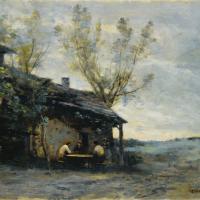 $450.00
$450.00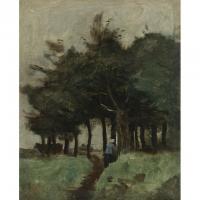 $450.00
$450.00 $450.00
$450.00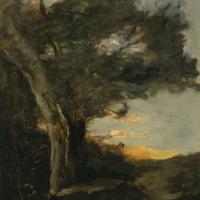 $450.00
$450.00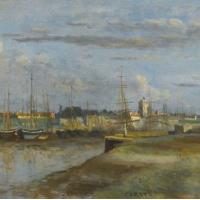 $450.00
$450.00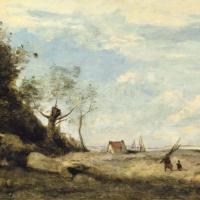 $450.00
$450.00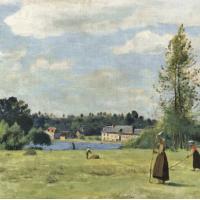 $450.00
$450.00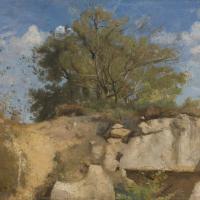 $450.00
$450.00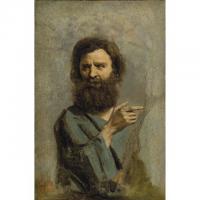 $450.00
$450.00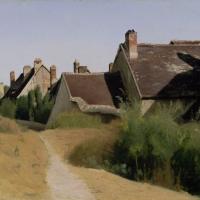 $450.00
$450.00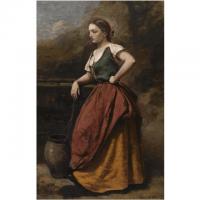 $450.00
$450.00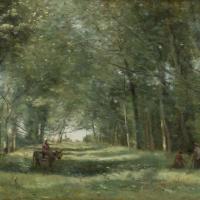 $450.00
$450.00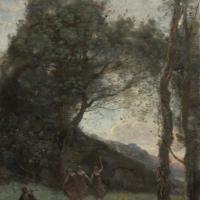 $450.00
$450.00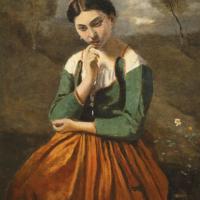 $450.00
$450.00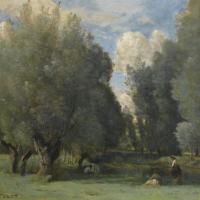 $510.00
$510.00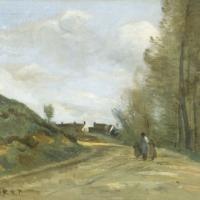 $450.00
$450.00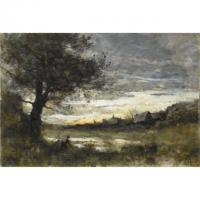 $450.00
$450.00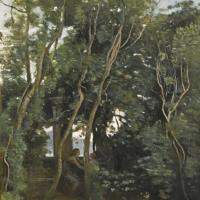 $450.00
$450.00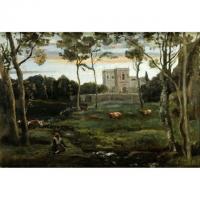 $450.00
$450.00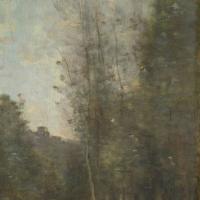 $450.00
$450.00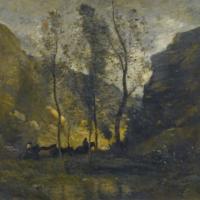 $450.00
$450.00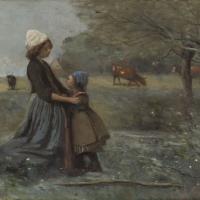 $450.00
$450.00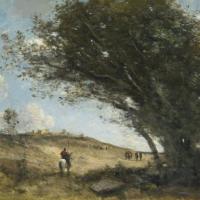 $450.00
$450.00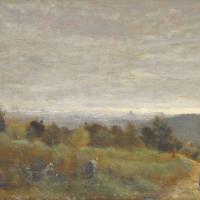 $450.00
$450.00

